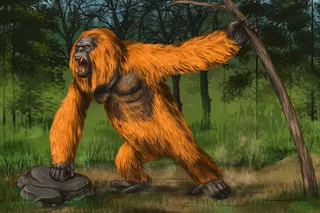As the Colorado Avalanche team have become National Hockey League (NHL) champions of the ice, the Los Angeles Rams are eager to defend their Super Bowl victory with the upcoming National Football League (NFL) season. Major League Baseball’s (MLB) best teams are heading toward playoff runs and New York City Football Club is the reigning Major League Soccer (MLS) Cup champion. Sports have captured our hearts and minds. In 2020, the NFL made $13 billion in revenue and MLB wasn’t far behind with $10 billion. The NBA made $7.4 billion and the NHL made $4.43 billion. Around 154 million people watched live sports at least once a month in the U.S., according to Play Today. That number will rise, experts forecast, to about 160 million in two years’ time. But what about the sports that people watched 3,000 years ago? There was dwile flonking, pato and a Mesoamerican ballgame, along ...
Sports That People Played in Ancient History
Sports captivate our attention, including soccer, football and more. But what did people play in ancient history to entertain themselves?

Newsletter
Sign up for our email newsletter for the latest science news
More on Discover
Stay Curious
SubscribeTo The Magazine
Save up to 40% off the cover price when you subscribe to Discover magazine.
Subscribe












